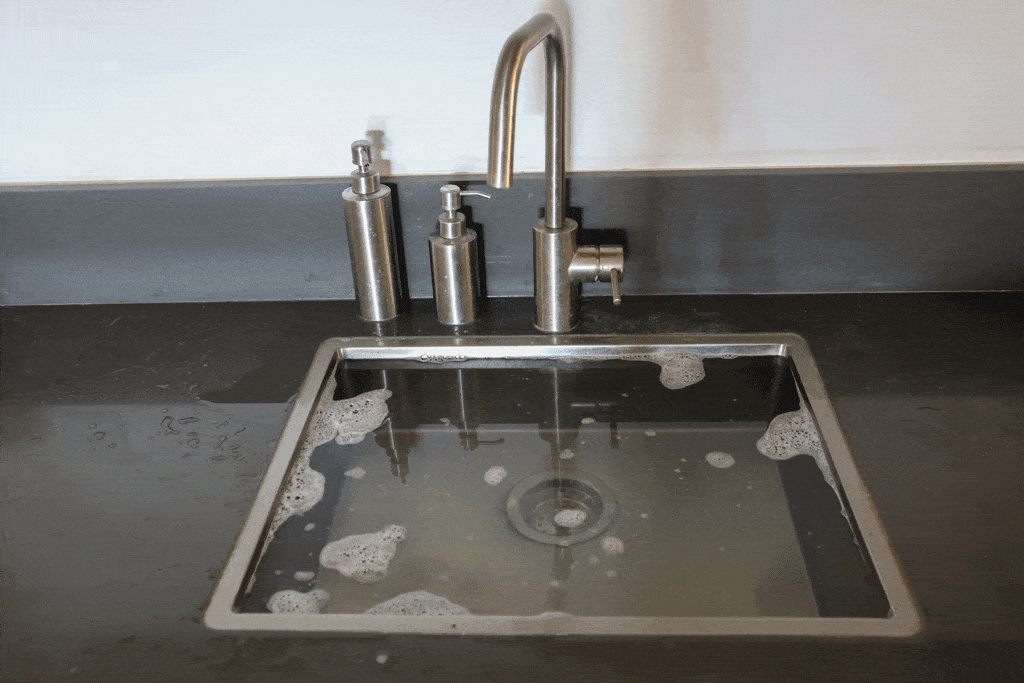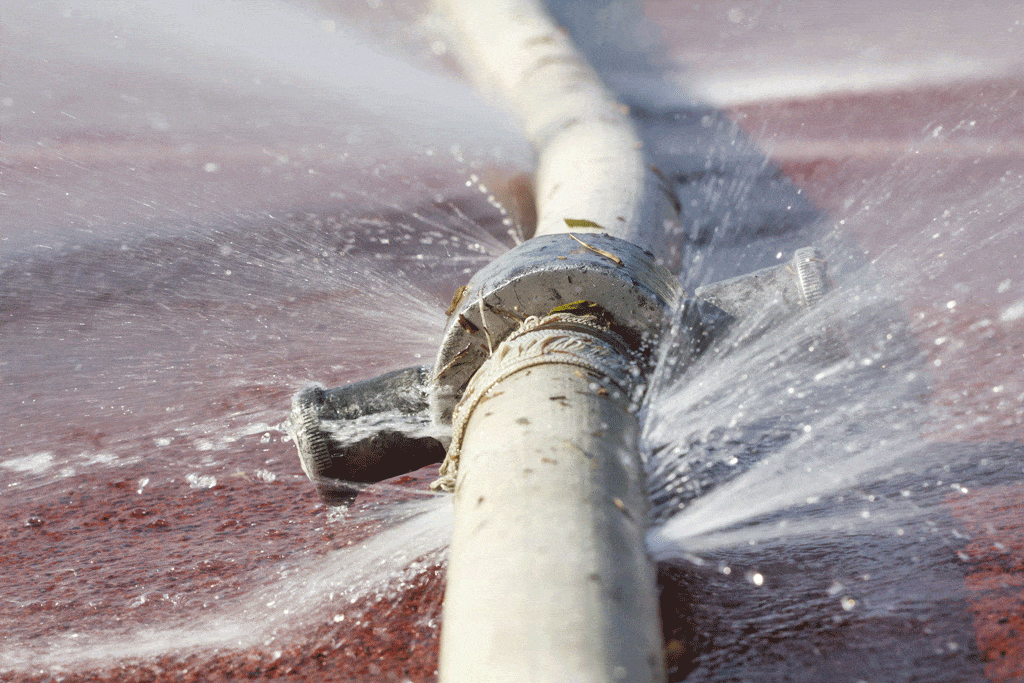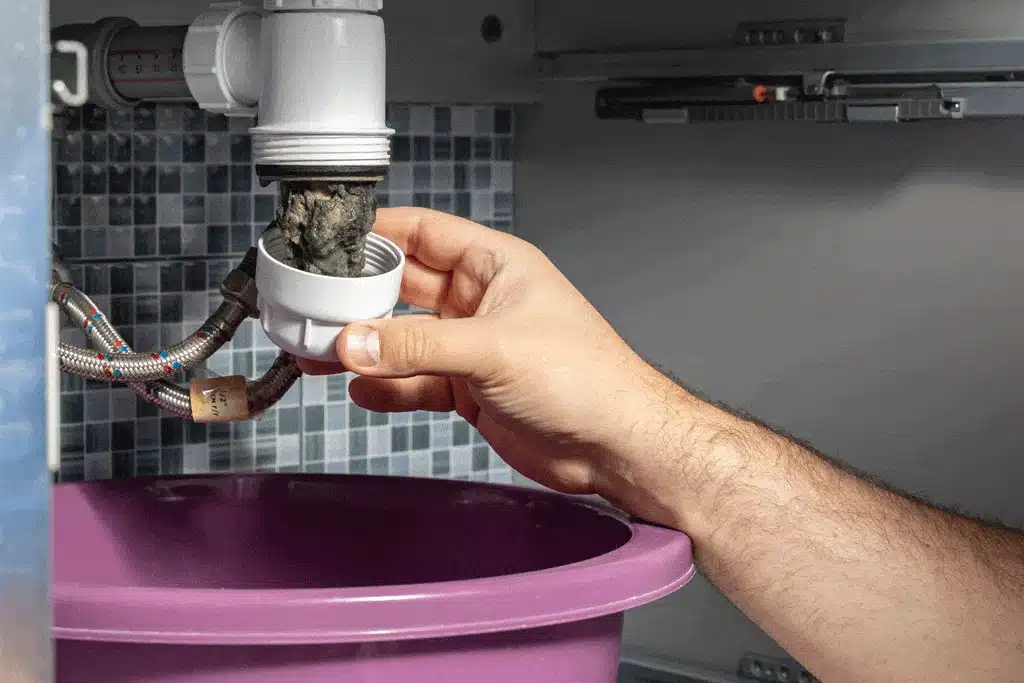If you haven’t gone home in a long time and haven’t had the opportunity to turn on the plumbing, the water inside will remain stagnant. Most homeowners aren’t aware that this is a problem. However, if the water inside the plumbing remains stagnant for a long time, it could become a breeding ground for fungus, bacteria, and other problems. It’s important to speak with a plumber in Irving, TX before you rely on the plumbing to provide you with healthy tap water.
In this article, we will look at three problems that are commonly associated with water stagnation in plumbing. If you notice that the water in your plumbing has remained stagnant for quite some time, one of the best things that you can do is to call a plumbing professional for a water quality test. The test will determine whether there are any harmful contaminants present in the water. It’ll also tell the plumber whether your plumbing needs to be treated or not.
How Long Is Too Long?
First and foremost, most people do not know how long is too long. For example, is it okay to leave your house empty for a week? Or, is it only a problem if the water remains stagnant in the plumbing for over a month?
The answer to this question is that this depends. In general, we recommend that you call a plumber just to confirm that everything is okay if you have been away from home for several weeks. You can also contact a plumber when you get home and ask them what they recommend. If there has been an increase in infections in your area, the plumbing professional may recommend that you get your plumbing system checked out. If not, they may recommend that you do nothing at all.
#1. Bacteria
If the water inside your plumbing remains stagnant for too long, it becomes the perfect breeding ground for bacteria and diseases. In general, it takes most bacteria and diseases anywhere from several weeks to several months to completely take over the water inside your plumbing system. Whether any bacteria will be able to grow will also depend on whether there are any disinfectant residuals in the plumbing supply, as well as the water heater temperature set point and other factors. It also depends on whether your plumbing has been infected with any bacteria in the past. If it has, your chances of dealing with a bacterial infection will increase.
One of the most common bacteria that you need to be wary of is the Legionella bacteria. This type of bacteria can easily thrive in scale, biofilm and sediment. It can cause Legionnaire’s Disease and is one of the most difficult bacteria to eliminate completely. The plumber will need to disinfect the entire plumbing system. This can be quite a time-consuming and lengthy process. You might need to move into a hotel while the plumber deals with the issue.
#2. Mold
As you already know, mold can grow everywhere and it particularly loves humid environments. As a result, it is likely to grow near stagnant water. When it comes to mold, the amount of time that the water can be stagnant will vary. Some homeowners have claimed that they had to deal with mold after leaving the water inside the plumbing stagnant for only several days. Other people claim that they only need to worry about this problem if they have left the plumbing water stagnant for over a month.
Once again, many factors play into whether this will be a concern for you or not. Some of the factors that need to be taken into consideration include season and weather variables. In general, if there is mold contamination, you’ll be able to smell something musty in your home that doesn’t seem to ever go away. The plumber may need to do some extensive cleaning in order to get rid of the mold for good. After all, mold is one of the most stubborn contaminants to eliminate since the spores can survive just about everywhere.
#3. Lead and Copper
Last but not least, you also need to worry about minerals, like lead and copper. It’s easy for both lead and copper to leak into stagnant water. This type of contamination can take only several hours, if not days, weeks, or months. It really depends on the type of materials that your plumbing system is made of. It also depends on whether the plumbing has any type of protective coating over it.
In some cases, the contamination may be so minimal that you won’t really need to worry about it although you should ideally replace your plumbing with new ones. In these situations, we will usually recommend that you go for a whole-house repiping. Although it’s rather pricey, it is the best option. Once you’ve repiped your entire home, you won’t have to worry about it anymore.
Call Us for a Water Quality Test
Many homeowners are not aware at all that water stagnation is a huge problem. As a result, they may continue to drink the tap water at home. This can cause them to have an increased risk of various diseases and ailments. If you are concerned about the condition of your plumbing system as well as your home’s water quality, contact a plumber in Irving, TX as soon as possible.
If you’re looking for a reputable company, you cannot go wrong with Tioga Plumbing & Electric. Over the years, we have built a reputation for being an honest company with great values. Not only do we place our customers as our top priority, but we also offer some of the best prices around. You can trust us to provide you with honest, transparent advice at all times. We will never upsell or undersell you. More importantly, we stand behind our work!
To learn more about your plumbing or to speak with a plumber, give us a call today. We’d be more than happy to answer any questions or concerns that you may have.
Photo By Rattiya Thongdumhyu at Shutterstock
Taking a bite out of Your Plumbing & Electrical needs
Other Electrical & Plumbing Services

Taking a bite out ofYour Plumbing & Electrical needs
We make fixing your home easier than ever. Whether it’s a leaky pipe, faulty wiring, or an urgent repair, our experts deliver fast, reliable solutions you can count on.
















